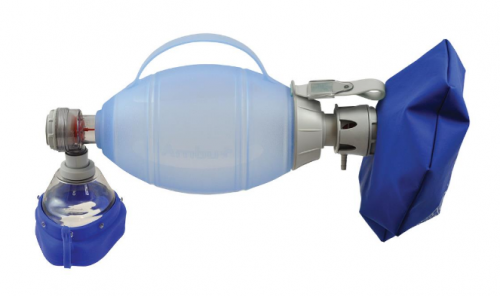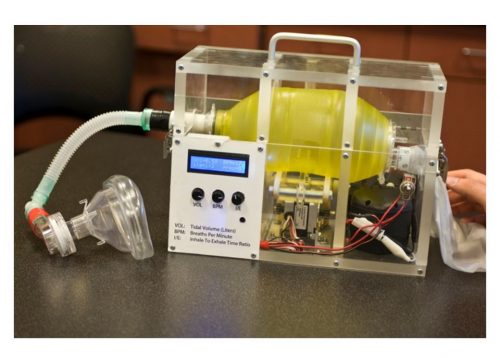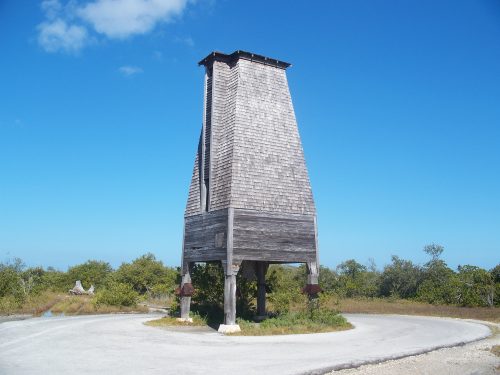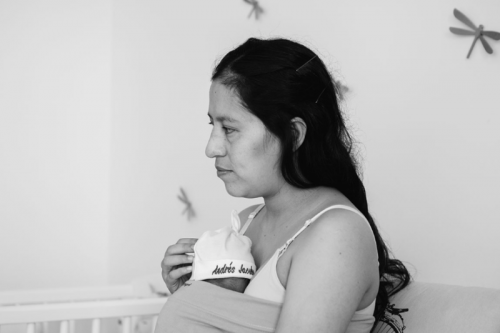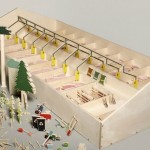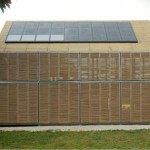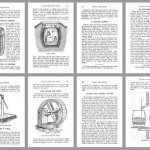“Health promotion involves social and environmental interventions designed to benefit and protect health. It often harmfully impacts the environment through air and water pollution, medical waste, greenhouse gas emissions, and other externalities. We consider potential conflicts between health promotion and environmental protection and why and how the healthcare industry might promote health while protecting environments.
After probing conflicts between promoting health and protecting the environment we highlight the essential role that environmental resources play in health and healthcare to show that environmental protection is a form of health promotion. We then explore relationships between three radical forms of health promotion and the environment: (1) lowering the human birth rate; (2) transforming the food system; and (3) genetically modifying mosquitos.
We conclude that healthcare and other industries and their institutions and leaders have responsibilities to re-consider and modify their priorities, policies, and practices.”
Read more (open access): Cheryl C. Macpherson, Elise Smith & Travis N. Rieder (2020) Does Health Promotion Harm the Environment?, The New Bioethics, DOI: 10.1080/20502877.2020.1767918
